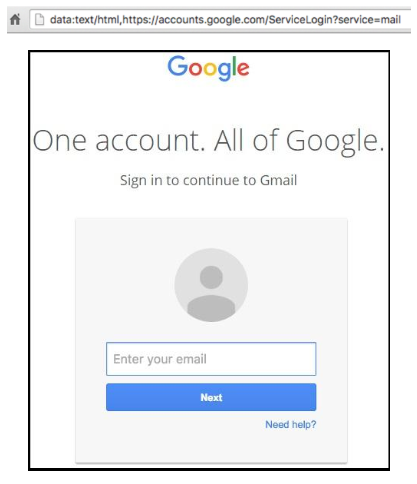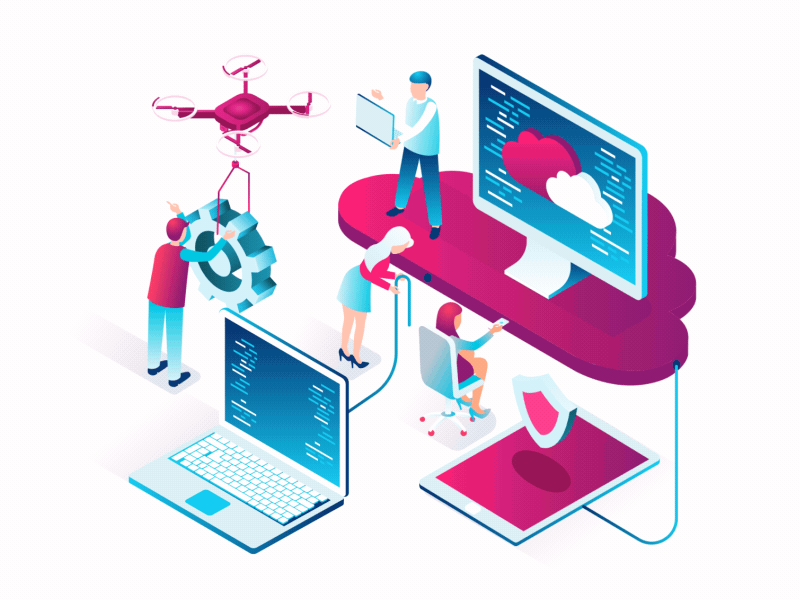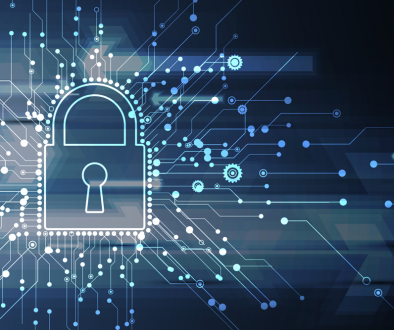Tech Bit: Phishing pt. 1
Network security’s importance continues to grow with the ever-evolving technology industry. Ensure your network is secure ahead-of-time instead of waiting until disaster strikes. Protecting the IT infrastructure within your business increases the reliability and safety of the business. Threats to your business can come in forms such as viruses/malware, phishing attacks, password attacks, or a denial-of-service (DoS) attack, and new attacks are being created regularly. All of these will cause more than just a headache for your IT department and could end up costing your business time and money.
Phishing is one of the most common threats hitting organizations. A phishing scam is when an email is sent in an attempt to get a response in order to gain information; such as a username and password. Phishing works because email, like physical mail, is built to assume that the sender is whom they claim to be.
Typically, the scammers will attempt to create a great amount of fear or panic in a potential victim by saying things such as “an attempt to login to your email was made from some [insert random city] click this link below to reset your password”. When someone reads that tag line from an email and sees legitimate looking aspects to the email, such as a Google logo displayed on it, they are more likely to believe it without even checking the website address.

Phishing is common because it is easy to create these fake emails and it has continued to grow in recent years. According to Webroot, a company that specializes in end-point protection, over 1.5 million new phishing sites are created each month. Since a clear majority of phishing attempts come through email, anyone with an email account is a potential target for these attacks. Just because you have not been targeted yet does not mean you never will.
Here are a few things to keep in mind if you don’t believe the effectiveness of a phishing scam attempt:
• According to Cybersecurity Ventures, a world leading research group in the global cyber economy, Ransomware damages are now predicted to cost the world $11.5 billion in 2019, and $20 billion in 2021.
• According to Intel, 97% of people around the world are unable to identify a sophisticated phishing email.
• According to Cisco, 31% of people click the phishing links. Cisco saw that 17% of users enter their credentials into the phishing site as well.
Again, these attacks happen because they work. Phishing is effective because of how easy it is to send out massive amounts of emails. Sending large amounts of emails significantly increases the odds of someone clicking the link and entering their information.
Want to learn more about phishing? Give us a call at 260.482.2844 and make sure you keep an eye out for more information as this is just part 1 of our 2-part blog posts on phishing. Part 2 will go more in-depth over the specific types of attacks that people are using and what steps you should take to protect your business.
Thank you for reading!


 Facebook
Facebook Linkedin
Linkedin

